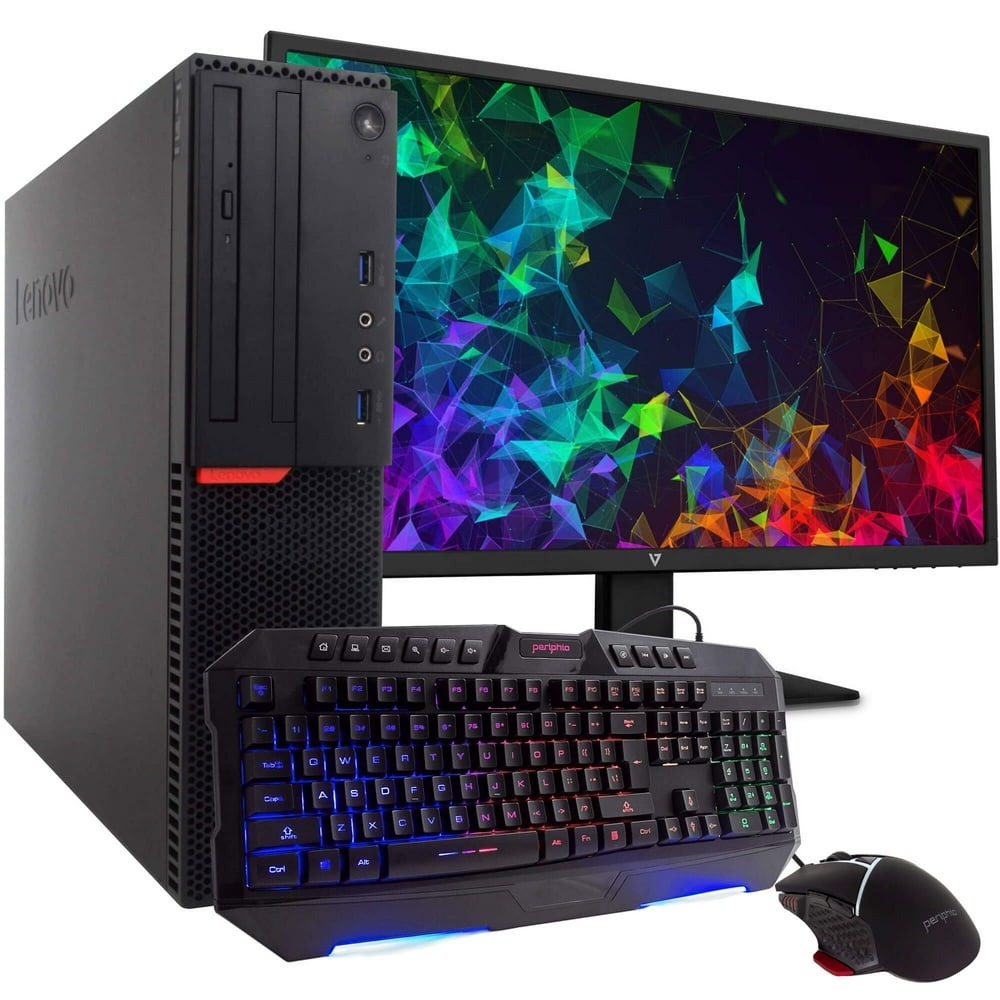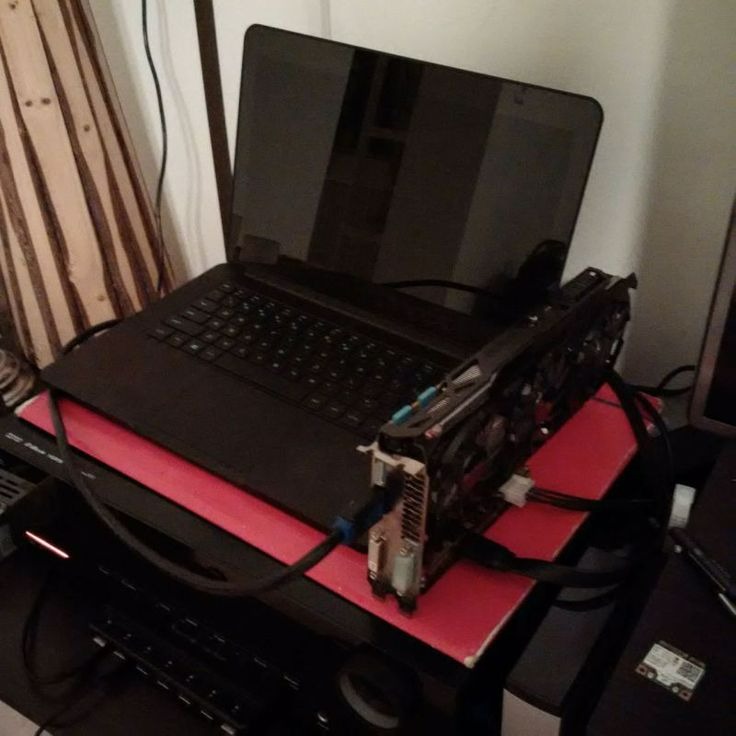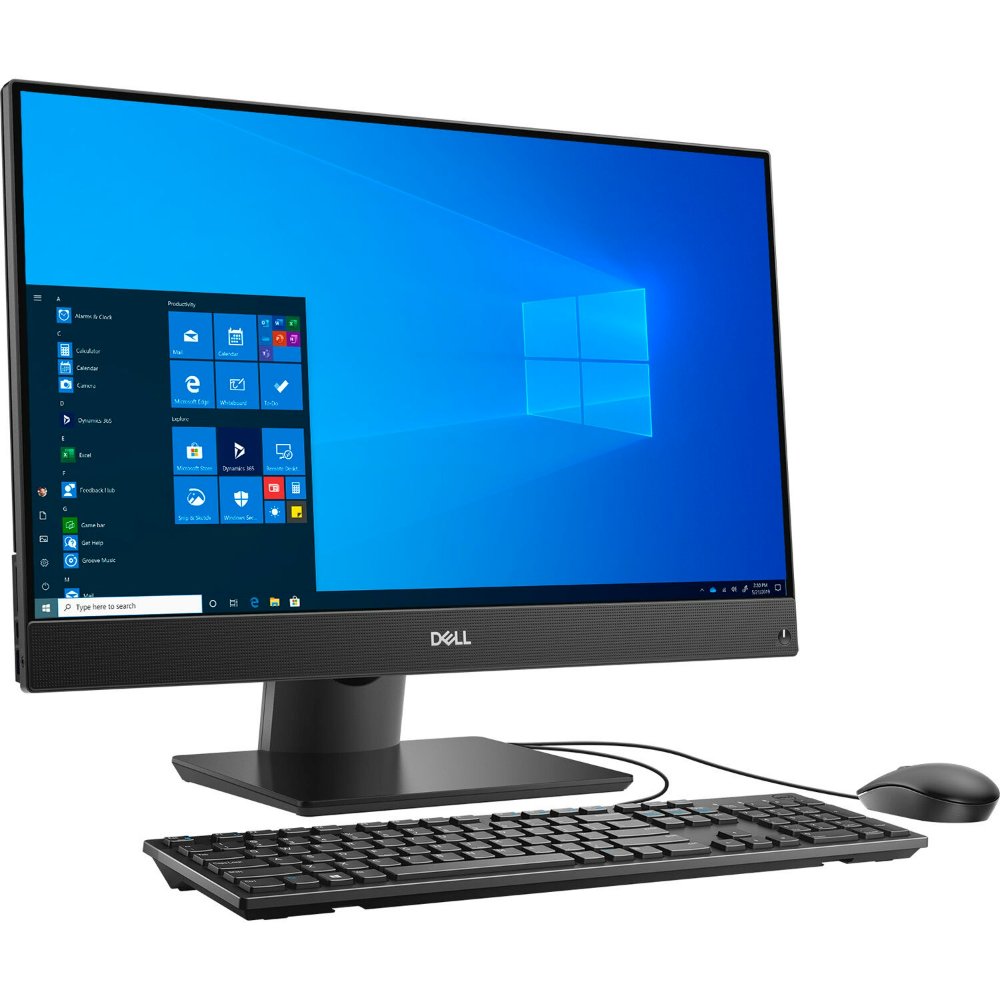Introduction to Graphics Cards and Their Importance
Graphics cards are vital for PC visuals. They render images, videos, and games on your screen. A good graphics card improves your computer’s display quality and performance. Many tasks, like gaming, video editing, and 3D modeling, need a strong graphics card.
Knowing how to check your graphics card can help you troubleshoot issues. It also lets you verify that you have the right hardware for your needs. Plus, checking your graphics card can tell you if it’s time for an upgrade. Learning this skill is key for maximizing your PC’s potential.
Identifying Your Graphics Card Model
Before we dive into the ‘how to check my graphics card’ process, let’s identify the model you have. It’s crucial to know the exact model of your graphics card. This knowledge can help you determine whether it meets the requirements of certain software or games. It also assists when updating drivers or troubleshooting.
First, look at your PC’s documentation or original packaging. They often list the specs, including the graphics card model. If you’ve lost the paperwork, don’t worry. You can find this information through the system’s settings.
For those with a custom-built PC, the invoice or parts list from your build can serve as a reference. If all else fails, the physical inspection of the card itself may reveal the model number. But, for most users, digging into their PC’s settings will be the quickest way.
Following the steps we’re about to discuss will get you the information you need. Whether you’re a gamer wanting to make sure your PC is game-ready, or a professional needing to verify your setup for rendering software, identifying your graphics card model is a step you can’t skip.

Steps to Check Your Graphics Card in Windows
Discovering how to check your graphics card in a Windows PC is simple. Start by clicking on the Start menu or pressing the Windows key. In the search bar, type ‘Device Manager’ and open it. Click on the arrow next to ‘Display adapters’ to expand the section. Here, you’ll see the name of your graphics card listed.
If you need more details, right-click on the graphics card name. Select ‘Properties’ from the context menu. A new window will pop up, showing you more information. The ‘Driver’ tab within this window provides details on the installed driver version and the option to update it.
Another method is to access graphics information through the DirectX Diagnostic Tool. Press ‘Windows Key + R’ to open the Run dialog. Type ‘dxdiag’ and hit enter. The ‘Display’ tab in the DirectX Diagnostic Tool window shows detailed graphics card information. This includes the chip type, DAC type, memory size, and driver details.
You can also use the ‘System Information’ tool for a complete overview of your PC’s hardware. Open the Start menu, type ‘System Information’ and select the app. Under ‘Components’, click on ‘Display’. This section outlines everything about your graphics card, from the manufacturer to the driver model.
Utilizing these steps will ensure you have a clear understanding of your graphics card details. Whether you are a gamer or a professional, this knowledge is crucial for optimal PC performance.
Exploring Your Graphics Card Through Device Manager
To explore your graphics card details further, Device Manager is a handy tool in Windows. It lets you see not just the model of your graphics card, but also important details about the device itself. Here’s how you can use Device Manager to learn more about your graphics card.
First, open the Device Manager. You can do this by right-clicking the Start menu and selecting ‘Device Manager’, or by searching for it in the taskbar. Look for ‘Display adapters’ in the list of devices. Click the arrow next to it to see your graphics card’s name.
Next, double-click on the graphics card name to open its properties. In the properties window, you’ll find multiple tabs with different types of information. The ‘General’ tab will tell you if the device is working properly. It’s a quick way to check for basic issues.
The ‘Driver’ tab is also important. Here, you can see the driver version that’s currently installed. You can update the driver if there’s a new version available. Keeping drivers up-to-date is crucial to ensure your graphics card works efficiently.
If you go to the ‘Details’ tab, you’ll find a wealth of technical information. You can select different properties from a dropdown menu. These properties might include hardware IDs, resource settings, and more. This info is useful when troubleshooting or when seeking support.
Lastly, the ‘Events’ tab logs any recent changes to the device. This can include driver updates and other modifications. It’s helpful to understand the history of your graphics card, especially if you’re experiencing problems.
Using Device Manager is a great way to check your graphics card. It provides a deep dive into the specifics of your graphics card without installing additional software. This is especially useful for verifying that your PC is game-ready or optimized for professional software.

Using System Information for Graphics Card Details
The ‘System Information’ tool in Windows offers another way to check graphics card details. Here’s how to use it to your advantage:
First, hit the Start menu or press the Windows key. Type ‘System Information’ and open the app. Look for ‘Components’ on the left-hand side, then select ‘Display’. This will give you a full outline of your graphics card. You’ll see the manufacturer, model, and even driver specifics.
This method is excellent for a holistic view of your graphics card. It’s perfect if you need to check compatibility for software or games. You’ll find info about driver versions, file paths, and device status quickly.
Checking graphics card details through ‘System Information’ is simple and effective. It gives you detailed data without installing other programs. Use this to make sure your PC meets requirements for high-end tasks. Or, use it to see if an upgrade is due.
For clearer and simpler insight into your PC’s capabilities, the ‘System Information’ tool is key. It’s part of making sure your PC runs smoothly. It helps you avoid unexpected surprises during critical use.
Remember, using ‘System Information’ is a quick, built-in method. It’s built into Windows and you don’t need extra downloads. It’s a go-to for checking on your graphics card.
Utilizing Third-Party Software to Inspect Graphics Cards
While Windows tools like Device Manager and System Information are helpful, third-party software can offer more depth. These programs often give detailed analyses of your graphics card’s performance. They can track temperature, clock speeds, and more in real-time.
Examples of popular third-party software include GPU-Z and MSI Afterburner. GPU-Z is a lightweight tool that provides vital data about your graphics card. It shows memory type, GPU core clock, and shader details. MSI Afterburner, on the other hand, not only displays details but also allows you to tweak settings. With it, you can change fan speeds and overclock your GPU for better performance.
Using these third-party tools can help you understand your graphics card’s capabilities. They also assist in ensuring that everything is running as expected. If you’re wondering ‘how to check my graphics card’ beyond basic info, these tools are the answer.
To get started, download and install a reputable program. Look for ones with positive reviews and strong user recommendations. Launch the program, and you’ll see a dashboard with various metrics and options. Here, you can monitor your card’s health and tweak settings if needed.
Remember to use these tools responsibly. Overclocking or changing settings can push your hardware beyond its limits. Make sure you know what you’re doing, or you might harm your graphics card.
Third-party software can be a powerful ally in maintaining and enhancing your PC’s graphics capabilities. It can tell you when it’s time to upgrade or help you get the most out of your current setup. Keep an eye on your GPU’s performance and health with these advanced applications.

Checking Graphics Card Health and Performance
Keeping tabs on your graphics card’s health and performance is key for a smooth-running PC. Here’s how to perform checks effectively.
First and foremost, ensure your graphics card is not overheating. High temperatures can indicate a problem. Use third-party software like GPU-Z to monitor the temperature. Aim for 30-40 degrees Celsius when idle, and below 85 degrees under load.
Next, check the GPU load. This shows how hard your graphics card is working. In the Windows Task Manager, under the ‘Performance’ tab, you can find this. A constantly high load could signal an issue.
You should also test the performance of your graphics card. Run benchmarks using software like 3DMark. These tests push your graphics card to its limits and show how it stacks up against others.
Keep in mind the current speeds of your GPU and memory clock. Compare these to the standard specifications. If there’s a significant drop, your card might be underperforming.
Lastly, listen for unusual sounds from your graphics card fans. A dust buildup can make them noisy. It can also restrict airflow, causing temperature spikes. Clean your graphics card fans regularly to prevent this.
Regular checks will let you stay ahead of potential graphics card issues. They can help avoid performance bottlenecks. Plus, they may extend the life of your card. Always ‘check my graphics card’ on your regular PC maintenance list.
Troubleshooting Common Graphics Card Issues
When you encounter problems with your graphics card, it’s essential to know how to identify and fix common issues. Effective troubleshooting can save you time and prevent unnecessary stress. Here are some common graphics card problems and how to address them:
- Poor Performance in Games and Applications: If games and apps don’t run well, start by checking driver updates. An outdated driver can cause poor performance. Check for updates in the Device Manager, under the ‘Driver’ tab for your graphics card.
- Graphics Card Overheating: Use software like GPU-Z to check temperatures. Make sure they don’t exceed 85 degrees Celsius under heavy load. If high, clean the dust from fans and improve case airflow.
- Error Messages: If your computer displays messages about your graphics card, take note of them. Look up these messages online for specific solutions. You might need to update drivers or check hardware connections.
- No Display on Monitor: Ensure your monitor cable is firmly connected to both the monitor and your PC. If there’s still no display, try using a different cable or monitor to rule out a cable issue.
- Flickering or Distorted Display: This might be a sign of a damaged graphics card. However, it could also be an issue with the monitor or cable. Try different cables and monitors to pinpoint the problem.
- Graphics Card Not Recognized by PC: Confirm that the card is firmly seated in the PCIe slot. If it’s properly inserted, try clearing your motherboard’s CMOS to reset BIOS settings.
By following these steps, you can often resolve many common graphics card issues. Including these methods in your ‘how to check my graphics card’ routine will keep your PC in top shape. Regular inspections and updates will prevent many problems before they start.